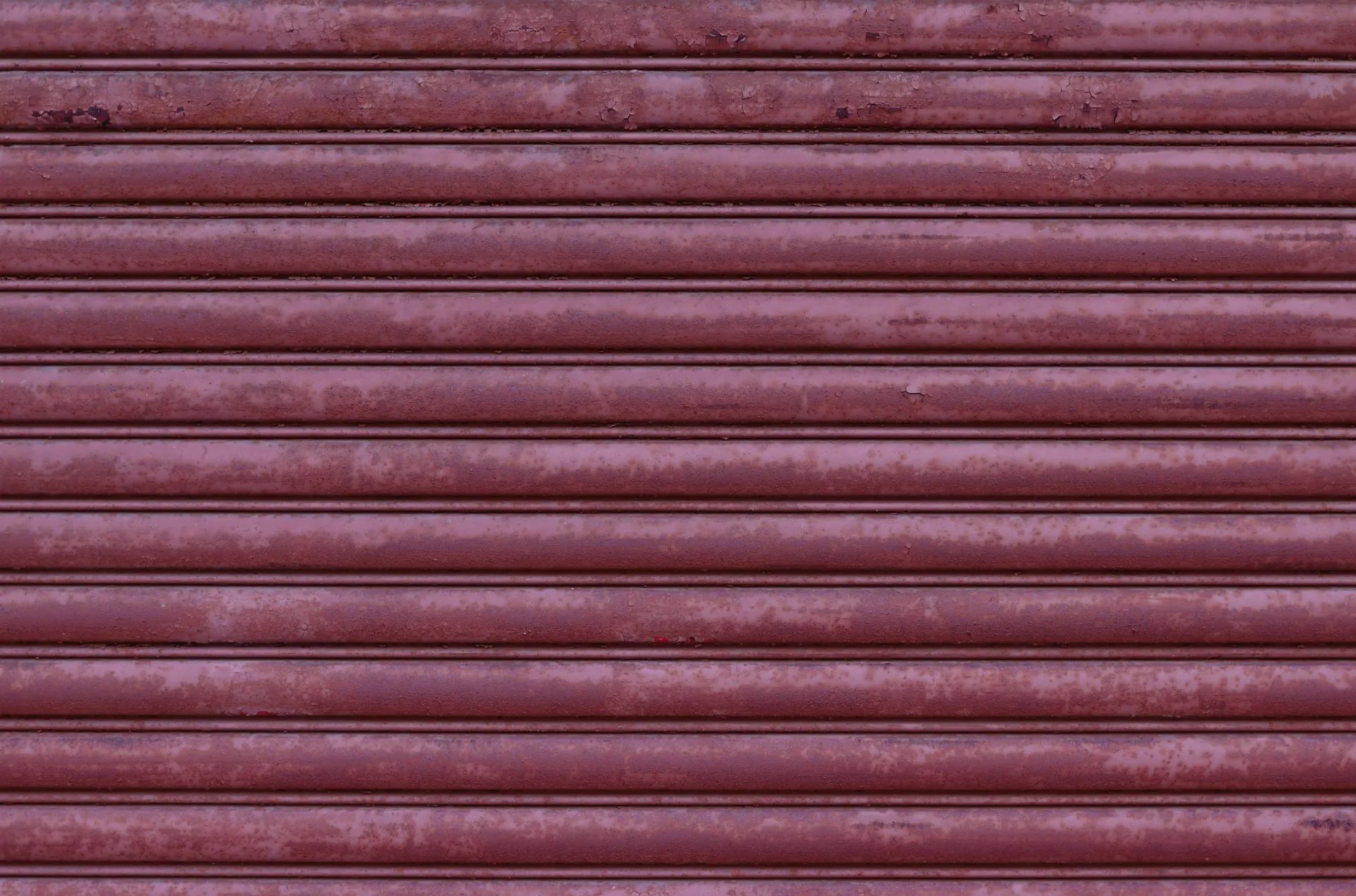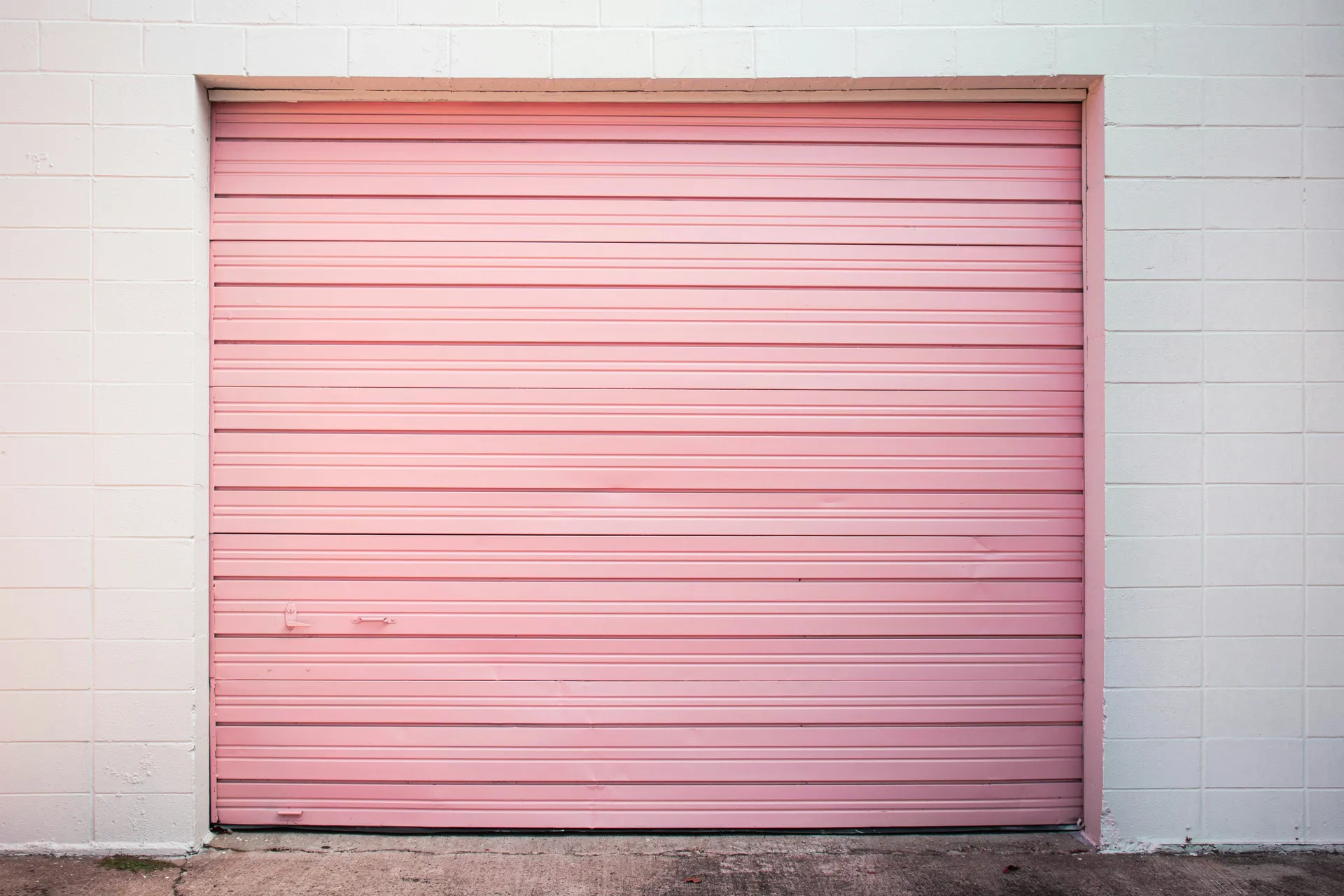
Garage Door Rust: How to Remove It and Prevent It from Returning
A rusty garage door isn’t just an eyesore that hurts your home’s curb appeal; it’s a sign that the protective coating is failing, which can lead to more serious structural issues over time. The good news? In many cases, you can tackle minor to moderate garage door rust yourself. As a general contractor, I’ll walk you through the step-by-step process to safely remove rust and restore your garage door’s finish.
This guide provides a detailed DIY plan for tackling that rust garage door, and also clarifies when it’s time to put down the tools and call a professional.
Key Takeaways
- Rust is a Warning Sign: It signals a breach in your garage door’s protective layer. Addressing it early prevents more costly structural damage.
- Preparation is Key: The success of your rust repair depends on proper preparation, including thorough cleaning, sanding, and using a rust-inhibiting primer.
- DIY is Feasible, with Limits: Minor to moderate surface rust can be a satisfying DIY project. However, extensive rust or holes in the door require professional attention.
- Prevention is Simple: Regular cleaning is the most effective way to prevent rust from returning.
Before You Begin: Safety & Preparation
Proper preparation is 90% of the job. Rushing this step will lead to a poor-quality repair that won’t last.
Safety Gear & Prep List
A Step-by-Step Guide to DIY Rust Removal & Repair
Follow these steps carefully for a professional-quality result.
Step-by-Step Guide
Remove Loose Rust
Use a stiff wire brush to vigorously scrub away all flaking paint and loose surface rust. The goal is to remove anything that isn’t firmly attached to the metal.
Treat Stubborn Rust
For the remaining rust, soak a cloth in white vinegar and lay it over the affected area for about 30 minutes. The acetic acid will react with the rust (iron oxide) and make it easier to remove. Alternatively, use a commercial gel-based rust remover according to the manufacturer’s instructions.
Sand the Surface Smooth
Starting with a coarse grit sandpaper (e.g., 80-grit), sand the treated area to remove the last of the rust. Then, switch to a finer grit (e.g., 120 then 220) to smooth the surface and “feather” the edges where the old paint meets the bare metal. The transition should feel smooth to the touch.
Clean Thoroughly
Wipe down the entire sanded area with a clean, damp cloth to remove all dust and residue. Allow the door to dry completely before proceeding. This step is critical for proper paint and primer adhesion.
Apply Rust-Inhibiting Primer
This is the most important step for a lasting repair. Apply a high-quality, rust-inhibiting metal primer to all the bare metal areas. Apply at least two thin, even coats, allowing each coat to dry completely according to the product’s instructions.
Paint the Door
Once the primer is fully cured, apply a high-quality exterior-grade paint that matches your garage door’s color. For best results, you may need two coats. See the FAQ below for tips on spot-painting versus painting the whole door.
Cost Analysis: DIY vs. Professional Rust Repair
The primary cost for a DIY repair is your time and the materials, while hiring a professional is mostly paying for their labor and expertise.
| Cost Factor | DIY Approach | Professional Service |
|---|---|---|
| Materials (Primer, Paint, etc.) | ~$75 - $150 | Included in Quote |
| Tools (Brushes, Sander, etc.) | ~$50 - $100 (if you don't own them) | Included in Quote |
| Labor | Your Time (4-8 hours) | ~$200 - $500 |
| **Estimated Total Cost** | **~$125 - $250** | **~$300 - $650** |
Preventing Future Rust: The Maintenance Mindset
Repairing rust is one thing; preventing it is another. A little routine maintenance can save you from having to do this job again.
From a maintenance perspective, the best way to deal with rust is to prevent it. I advise homeowners to wash their garage doors twice a year, just like they wash their car. This removes corrosive salt, dirt, and chemicals. Pay special attention to the bottom panel, as it’s most exposed to moisture and road salt. A little cleaning goes a long way.
When to Call a Professional
A DIY approach is not always the answer. Call a professional garage door company if you see any of these signs:
- Holes or Soft Spots: If the rust has eaten through the metal, creating holes or making the panel feel thin and soft, the structural integrity is compromised.
- Widespread Rust: If more than 20% of the door’s total surface area is affected, a full replacement is often more cost-effective than a massive repair job.
- Damaged Bottom Seal: If the bottom edge of the door is severely rusted, it can affect the door’s balance and how it seals against the ground, potentially requiring a new panel or door.
- You Feel Unsafe: If you are unsure about any step of the process or don’t have the proper safety equipment, it’s always better to hire a professional.
Extensive rust damage? If rust has compromised your door’s structure, compare repair vs. replacement costs. Our garage door calculator can help estimate spring replacement costs as part of a full door upgrade.

